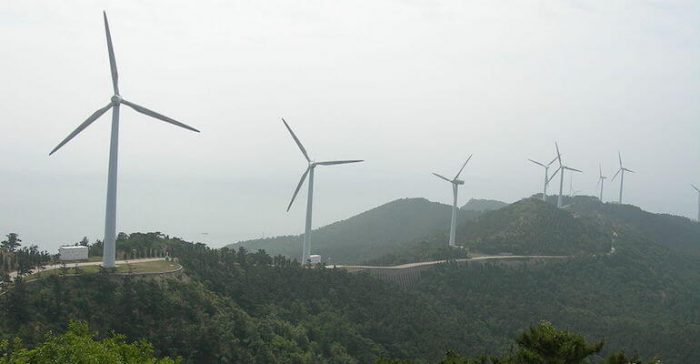Ethan Forauer, ERS, for Zondits
Over the last 2 years, China has proven to be a respectable player in the global renewable energy arena, smashing solar and wind installation targets by several orders of magnitude. In fact, in 2015, China set a world record for the most solar capacity installed in a single year. In 2016 China blitzed its own record, installing twice as much capacity that year. On the wind energy side, the International Energy Agency reports that China installed more than 30,000 MW of new wind energy in 2015. In 2016 the country did experience a decrease in new installations as a result of a changing subsidy landscape, but even still, developers constructed what amounted to more than one turbine per hour.
What is the result of this proliferation of renewable resources? Coal consumption has continued to fall, and this seems to be a permanent demise. In 2013, China was using as much coal as the entire rest of the world combined. This harrowing statistic was of grave concern to environmentalists and energy experts worldwide, as there appeared to be no end in sight. Hundreds of new coal plants were slated for construction around the country to contend with the soaring demand. Then something interesting happened: coal consumption in 2014 remained almost constant and then decreased in 2015. Historically, the Chinese economy has consisted of heavy industry, such as concrete and steel production – two largely coal-dependent industries. It is believed that the shift away from the traditional heavy industry economy to a modern, more efficient service-based economy is responsible for this decrease in consumption. At roughly the same time, Chinese leaders began to recognize climate change as a real threat. This only furthered the decline in coal consumption as renewable resources were tapped to meet the demand. Just a couple of weeks ago, the Chinese government ordered the cancellation of 104 coal-fired power plants in development – a total of 120 GW of capacity that will never meet the market.
As a result, China is facing the law of unintended consequences and is being tested with all of the challenges that come with the transition from coal to renewable energy. To say it better, you can’t just plug and play. From an infrastructure standpoint, the country is facing grid-level constraints with the amount of existing and planned renewable energy. In one province alone, 39% of wind energy has to be curtailed and the sporadic nature of renewable energy sources makes it difficult to integrate into the grid. Furthermore, the technology is not fully implemented to provide a seamless generation shift from coal to renewables when there is excess renewable supply. This can be attributed to outdated energy policies which do not appropriately prioritize renewable energy during the grid planning phase. Will China’s coal consumption continue to decrease in 2016? It certainly appears that way. Let’s hope renewable energy can continue to meet the demand of this key global economic force.
